The complete guide to grooming your dog
February 25, 2019A bad hair day for a dog doesn’t just mean flyaways and kinks. Left untreated, it can mean matted, painful fur that often results in serious health issues.
It’s vitally important to stay on top of your animal’s grooming regime, keeping their coats glossy, knot-free and healthy. This can be achieved by regular brushing, clipping and bathing, resulting in a happy, healthy pet.
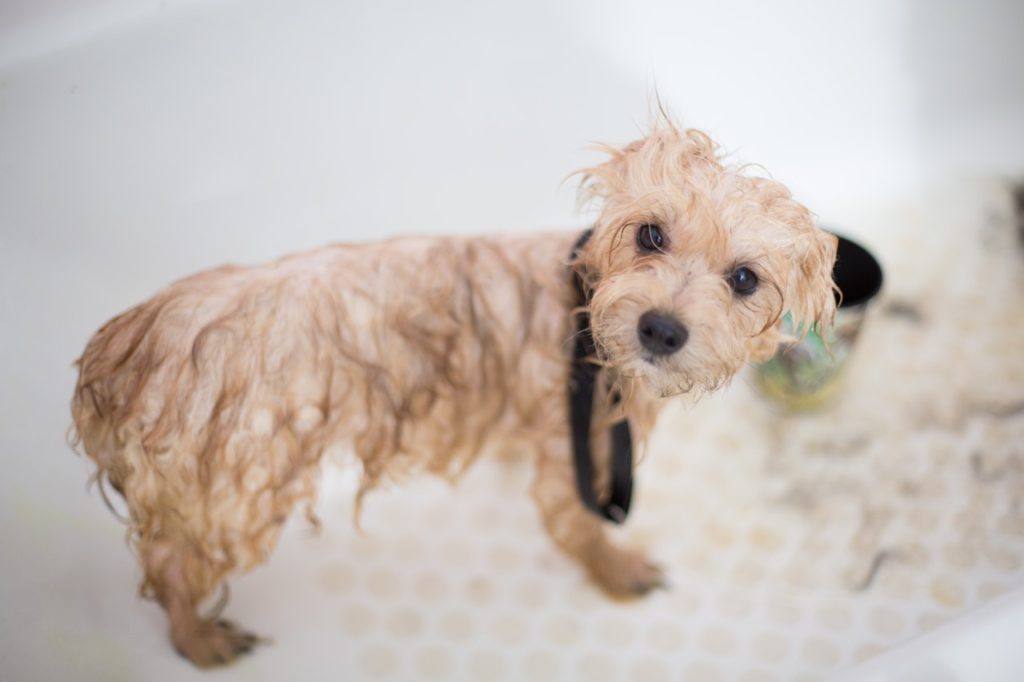
‘Animals with long hair will suffer without grooming’
According to RSPCA South Australia Chief Veterinarian Dr Brad Ward, prevention is the key to good dog grooming.
“Any dogs with long hair can suffer from a whole host of issues as the result of neglecting their grooming needs,” he says.
Long, tangled and matted hair around the eyes and ears are common causes of infection in many dogs Dr Ward treats.
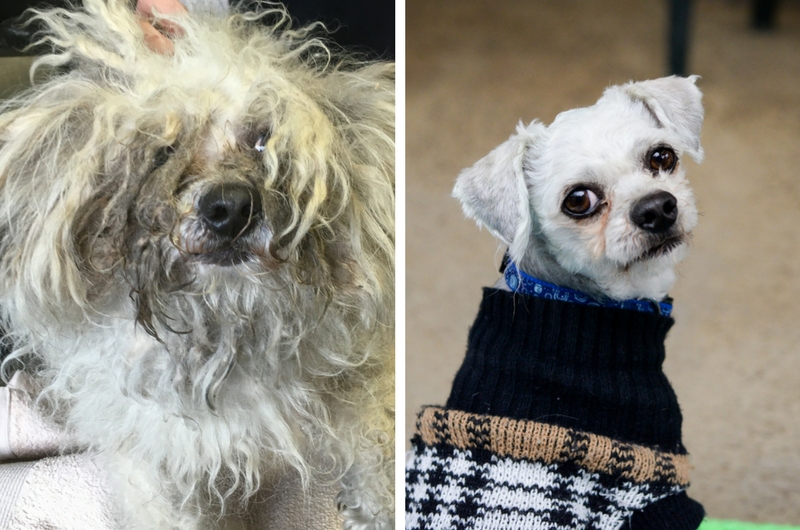
“The hair can get trapped and rub against the eye or inside the ear. It can cause ear and eye infections and in severe cases, even blindness or deafness,” Dr Ward says.
Long hair around an animal’s mouth can also cause serious issues, with the increased likelihood of hair getting caught and wrapped around teeth. Dental diseases, inflammation to gums, tooth decay and difficulty eating are just some of the many consequences of a lack of grooming.
Most significant is the continued pain and discomfort experienced by many of the animals suffering from long, unruly manes of fur. Long coats can lead to grass seeds, faeces, urine and other dirty and dangerous items becoming embedded in your pets fur.
Regular grooming regime key to healthy animals
A regular grooming regime is easily and quickly implemented and can make all the difference to a dog’s mental and physical health.

Start from when your animal is young, if you can, so that grooming is an enjoyable bonding activity and part of their routine. Use positive reinforcement and treats to teach your pet that grooming and brushing is a fun activity.
Grooming removes dust, dead skin, loose hairs, grass seeds and tangles. It also reduces the amount of fur shed during the autumn and spring moult.
Dogs should be bathed when necessary using a shampoo specifically prepared for dogs. Using a flea control shampoo and a flea rinse, particularly in the summer, will also help control fleas although there are now a number of options for this problem.
When bathing a dog in cooler weather, towels or a hair drier can be used to remove excess water and assist in drying the coat.
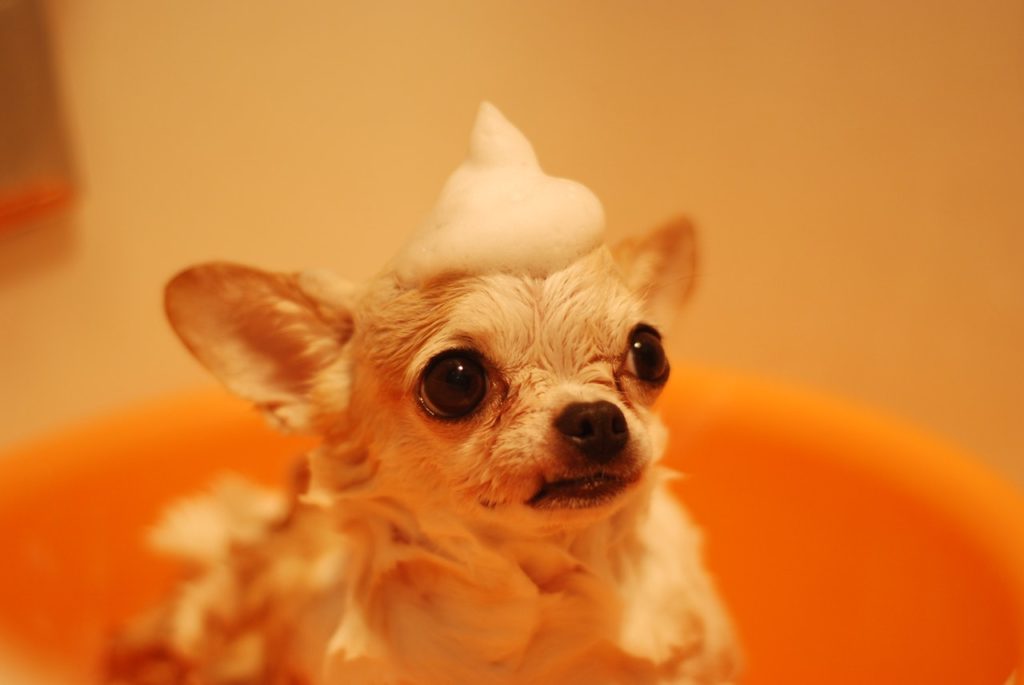
If your animal really doesn’t like grooming, call in a professional.
Certain breeds especially prone to grooming problems
Dr Ward says some breeds are more predisposed to hair in the wrong places, with many poodles often growing long hair in their ear canals.
“It’s something many dog owners aren’t aware of, but should be and can be easily dealt with before it becomes an issue – prevention is better than cure,” he says.
Poodles, poodle crosses, cavaliers and many wiry haired terriers need to be regularly cleaned and combed to prevent matting or irritation. Plucking, shaving and brushing on a regular basis helps prevent an accumulation of hair and further problems down the track.
The distressing case of Milo and Dizzy is testament to the importance of proper and regular dog grooming practice. Found abandoned in a burnt out back garden in 2016, the two Maltese-cross dogs were so severely matted they could barely see.
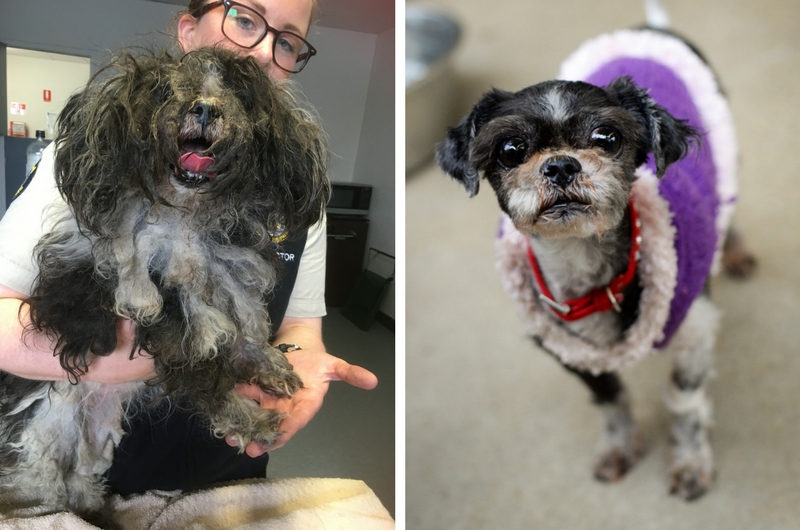
Seized by inspectors and soon after sedated to ease their pain, veterinarians had to painstakingly shave years of neglect off their small bodies.
“We couldn’t even tell what kind of dogs they were underneath all that matting. They just looked like walking mops. Their coats had become dreadlocks, which had all sorts embedded in them – feaces, urine, food, rubbish. The smell was terrible,” Inspector Cheryl recalls.
Groom regularly – and not just for dogs
Regular grooming and hair maintenance is also an important element of responsible dog ownership during the warmer months of the year. As with humans, long hair can trap heat and increase body temperature.
And the same goes for many other animals, including rabbits, guinea pigs and cats (full information on how to groom felines can be found here).
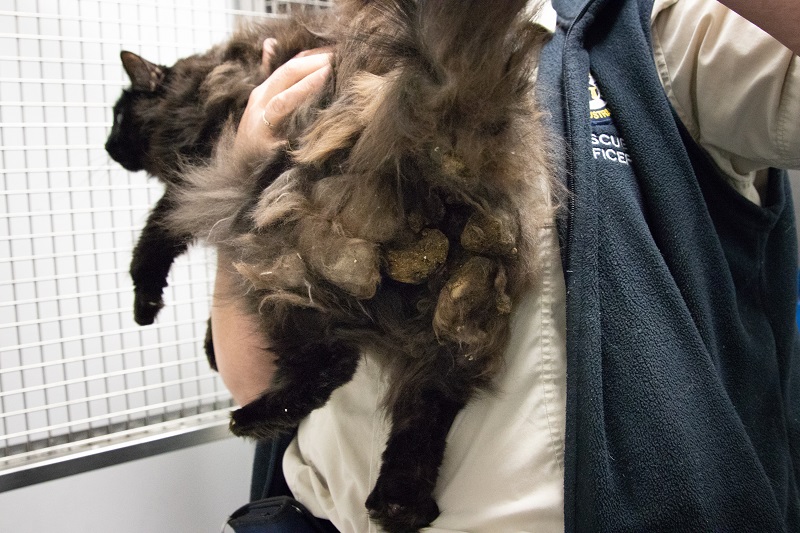
Unfortunately for many animals, without the ability to sweat out the heat, the only way to cool down is to pant – a mechanism that can be ineffective if they have a large amount of hair keeping in the heat.
This can open the door to heat stroke and other life threatening conditions for dogs and other animals. So a hair clip or shave before the heat of summer hits is always a safe idea.
Responsible pet ownership means ensuring your hound is adequately equipped with a healthy, cared for mane of hair. Being aware, vigilant and employing a regular grooming regime for your canine might just mean the difference between life and death. Still not sure about how to groom your pet? Bring them down to RSPCA PetVille Hillcrest and book them in for a professional grooming session with our team!


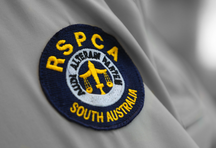

I have 2 Miniature Schnauzers whom I bath & have them clipped every 8 weeks. I have been taught by my Dog Club many years ago. Ever since then,it takes me about under 1 hour for both dogs. By the time I blowdry & trim their claws,they look much better & ready to go out to my local Dog Show. I also like going to The Royal Adelaide Show,to see the Dog Grooming Competition to see the latest styles. Very exciting.
I’m thinking of taking dog grooming up for my toy poodle but he does struggle
He hates it